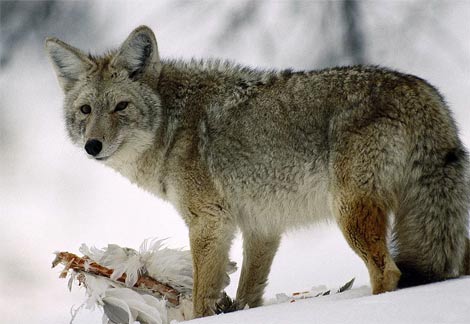
Coyotes rely heavily on visual cues while stalking, chasing, and killing their prey. Taste and smell are of lesser importance in actually making the kill. These factors may in part account for the fact that the repellent compounds were not able to consistently prevent coyotes from killing, although some of the repellents were obviously offensive to coyotes and prevented them from consuming the killed prey. Several compounds were tested on sheep under field conditions, but none appeared to offer significant, prolonged protection.
If an effective chemical repellent were to be found, the obstacles in bringing it to industry use would be significant. The compound would not only need to be effective, but also persistent enough to withstand weathering while posing no undue risk to the sheep, other animals, or the environment. It would also have to withstand the rigorous Environmental Protection Agency (EPA) approval process.
High-frequency sound has also been tested as a repellent for coyotes, but the results were no more encouraging than for chemical repellents. Coyotes, like dogs, responded to particular sound frequencies and showed some aversion to sounds broadcast within one foot of their ear. Researchers, however, were unable to broadcast the sound a sufficient distance to test the effects under field conditions.